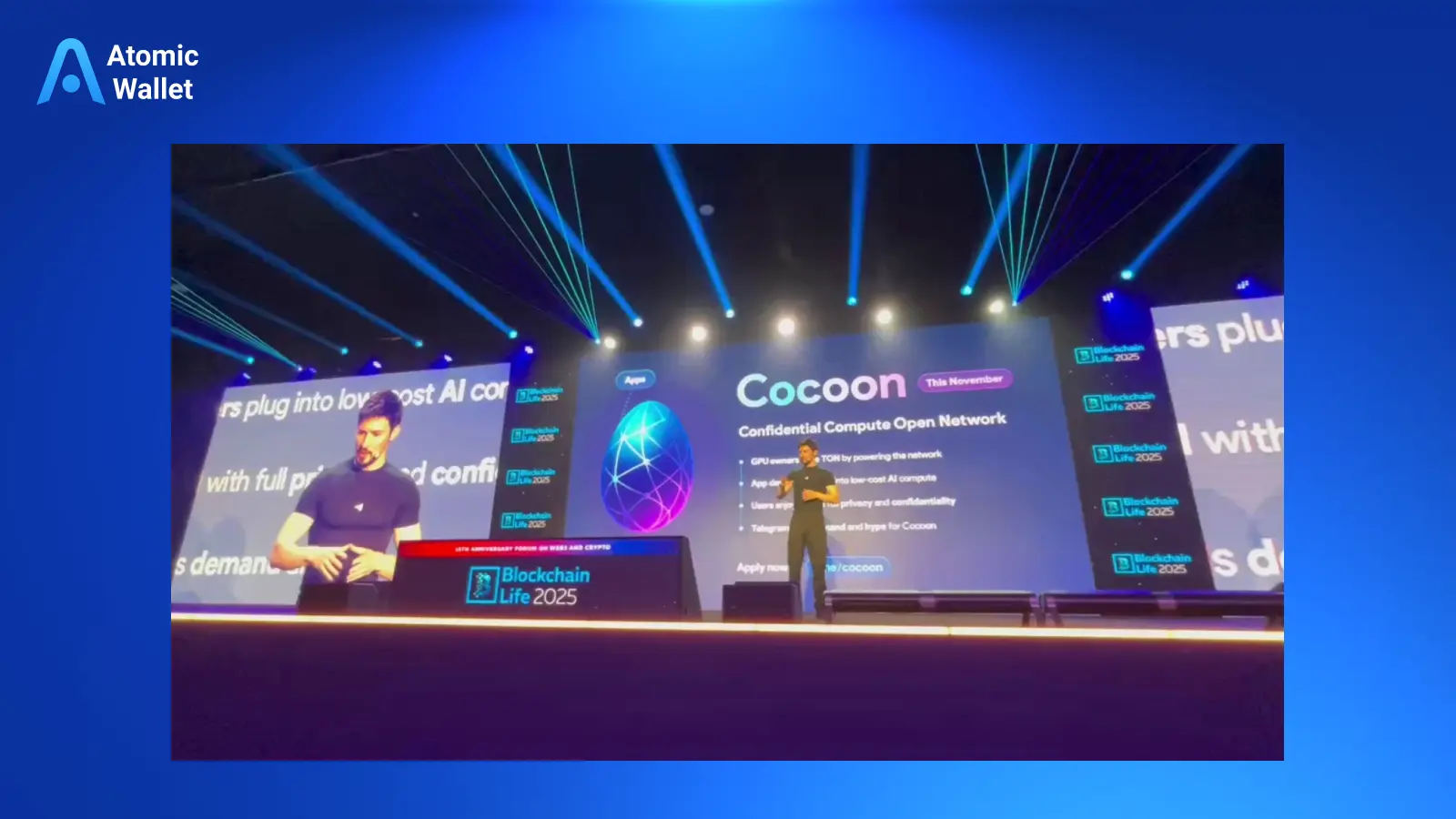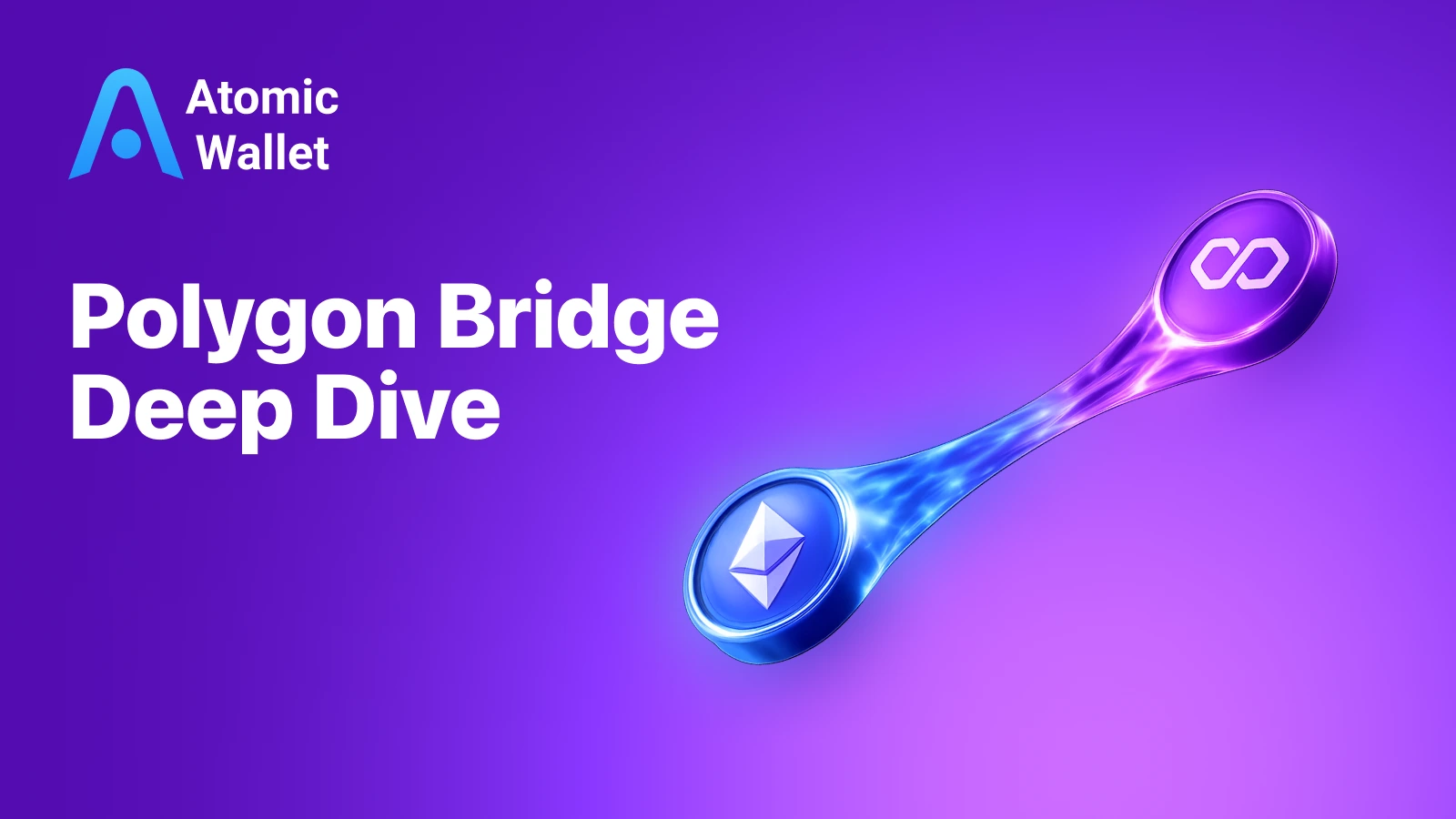Assets

Exchange

Buy Crypto




Pavel Durov just pulled back the curtain on a project that sits at the intersection of two of the biggest narratives in tech-AI and crypto. When the news broke from his talk at Blockchain Life in Dubai, our team chat lit up instantly. The announcement? A new project called Cocoon, a decentralized network running on TON, designed to change how we access and pay for the immense computing power that AI demands.
It’s a bold move. A very interesting one.
We’ve seen plenty of projects try to merge these two worlds, but this feels different. With Telegram’s massive reach and TON’s growing ecosystem, this isn’t just another whitepaper concept. This has the potential to be something real, something tangible that brings new utility to the space. So, we dove into the details to break down what this announcement really means for you, for the TON network, and for the future of decentralized AI.
DYOR: Do Your Own Research. This information is for informational purposes only-Atomic Wallet does not provide financial advice; always verify facts independently.

So, what is this “Cocoon” network? The full name is Confidential Compute Open Network, which gives us a few clues. The core idea is surprisingly simple, yet powerful.
Think of it like an Airbnb for computing power. On one side, you have people and companies with powerful GPUs (Graphics Processing Units)-the specialized hardware essential for running complex AI models. Much of the time, this hardware sits idle. On the other side, you have developers and businesses who need that power for their AI applications but might not want to rely on the handful of big tech companies that currently dominate the cloud computing market.
Cocoon aims to be the bridge between them. It’s a decentralized marketplace built on the TON blockchain. Developers can submit requests to the network to run their AI tasks, specifying what they need. GPU owners can then lend their hardware’s power to process these requests. And the payment for all this? It’s settled in TON tokens.
This creates a permissionless, open-source infrastructure for AI. It’s a direct challenge to the centralized model, where a few gatekeepers control access and pricing. What we find particularly fascinating is the “Confidential Compute” part of the name. It signals a focus on privacy-a critical concern when dealing with proprietary AI models and sensitive data. By building a secure environment for these computations, Cocoon isn’t just creating a cheaper alternative; it’s building a more private one.
From our team’s perspective, this is a brilliant strategic move for The Open Network. For any blockchain to thrive long-term, its native token needs real, sustainable utility beyond simple speculation or transaction fees. It needs to do something.
Cocoon gives the TON token a major new job.
Suddenly, TON isn’t just a currency for peer-to-peer payments or DeFi; it becomes the fuel for a decentralized AI computational engine. Developers who want to access this global network of GPUs will need to acquire TON to pay for it. This creates a consistent source of demand for the token, driven by real-world usage in the rapidly growing AI industry. At the same time, it establishes a clear incentive for hardware owners to participate in the network and earn rewards, creating a self-sustaining loop.
This is how an ecosystem matures. It builds layers of value that reinforce one another. A strong network attracts developers, who build useful applications, which in turn attract users and create more demand for the native token. By plugging directly into the AI economy, TON is taking a significant step toward building that kind of robust, multi-faceted value. It’s a move that diversifies its purpose and strengthens its fundamental case in a crowded market.
Here’s where the story gets even more compelling. This isn’t some third-party project launching on TON. According to the announcement, Telegram itself is launching and deeply integrating Cocoon into its own ecosystem.
Let that sink in for a moment.
Telegram has one of the largest user bases of any application on the planet. By building Cocoon and weaving it into its platform, Telegram is providing this new decentralized network with something most crypto projects can only dream of: a massive, built-in distribution channel from day one. It completely sidesteps the cold-start problem that plagues so many new networks.
The implications are huge. We could see AI-powered features within Telegram running on Cocoon in the background. Millions of users could be interacting with a decentralized compute layer without even knowing it. This is a major step toward the holy grail of Web3 adoption-making the technology so seamless that it becomes invisible. It just works. Telegram’s involvement provides a level of credibility and momentum that is a game-changer.
Zooming out, the Cocoon announcement is more than just a new product. We see it as a significant marker in the convergence of AI and decentralized technology. For years, we’ve talked about how blockchain can democratize industries, and AI is an area ripe for exactly that.
For developers, Cocoon presents a powerful alternative. Instead of being locked into the pricing and terms of service of a few tech giants, they gain access to a competitive, global marketplace for computation. This can lower costs and increase flexibility, especially for smaller teams and startups.
For GPU owners, it’s a new way to monetize their assets. Whether you’re a crypto miner with a rig or a research lab with spare capacity, Cocoon offers a path to earning rewards by contributing to the network. It turns idle hardware into a productive, income-generating resource.
The full launch is planned for November 2025, so we have some time before we see this network in action. But the vision laid out by Pavel Durov is clear. It’s a future where access to powerful technology like AI is more open, private, and decentralized. It’s an ambitious goal, but with the combined forces of TON and Telegram, it’s a project we’ll be watching very, very closely.
Download Atomic Wallet to securely store and manage your crypto tokens.

Learn how Polygon Bridge works and move Polygon crypto like USDC Polygon between Ethereum and Polygon step by step.